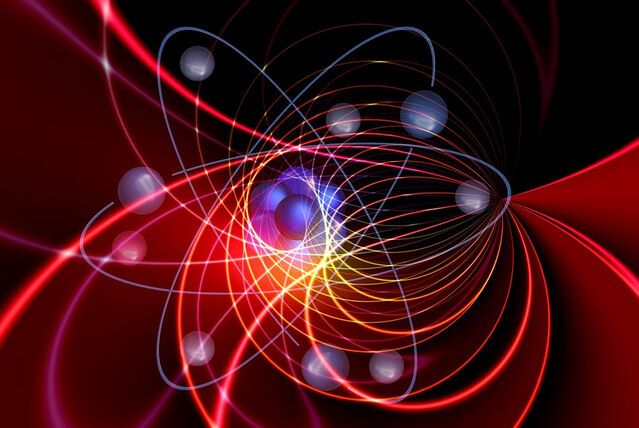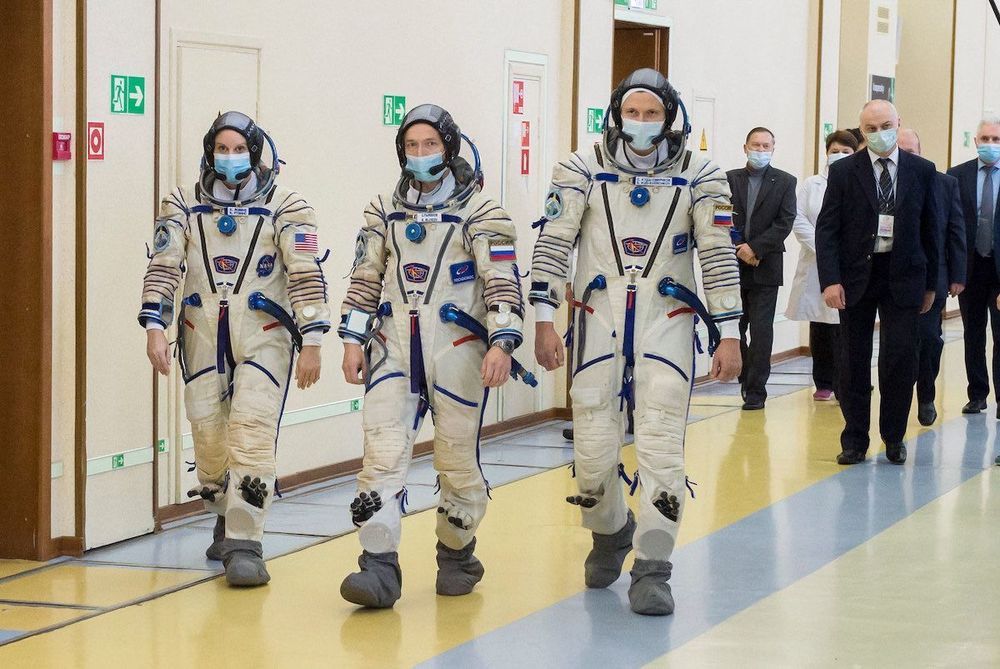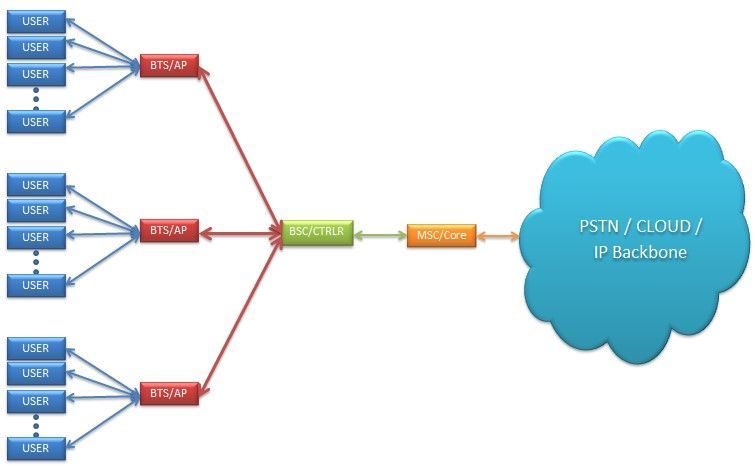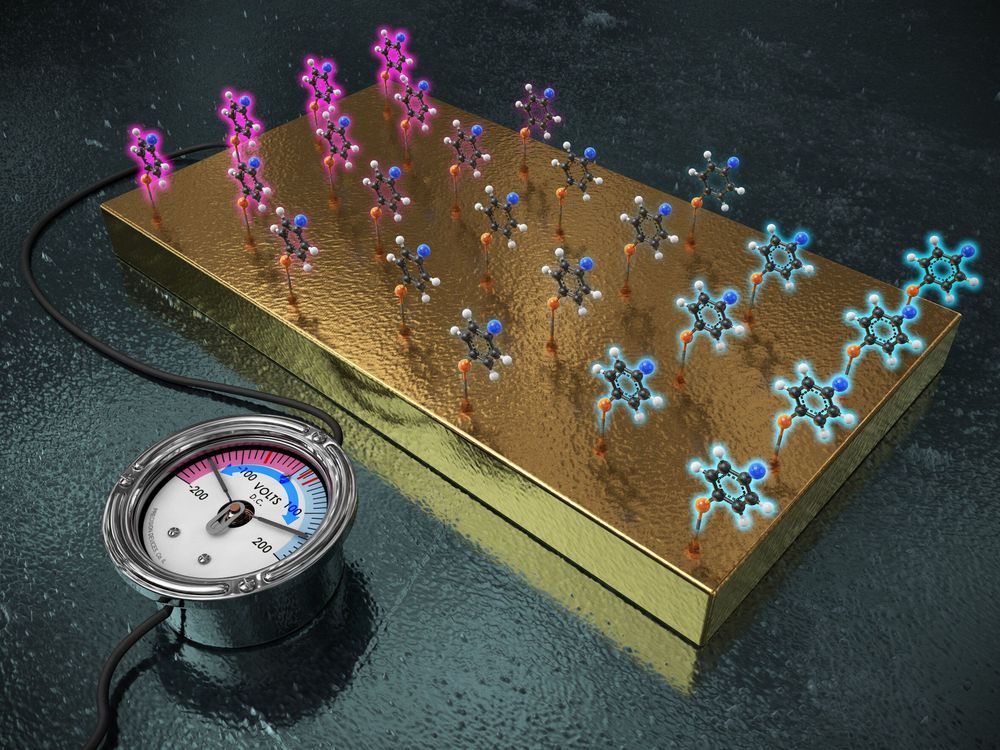Oct 13, 2020
AI Breakthrough Speeds Up Quantum Chemistry
Posted by Genevieve Klien in categories: chemistry, quantum physics, robotics/AI
Caltech’s OrbNet deep learning tool outperforms state-of-the-art solutions.
Artificial intelligence (AI) machine learning is being applied to help accelerate the complex science of quantum mechanics—the branch of physics that studies matter and light on the subatomic scale. Recently a team of scientists at the California Institute of Technology (Caltech) published a breakthrough study in The Journal of Chemical Physics that unveils a new machine learning tool called OrbNet that can perform quantum chemistry computations 1,000 times faster than existing state-of-the-art solutions.
“We demonstrate the performance of the new method for the prediction of molecular properties, including the total and relative conformer energies for molecules in range of datasets of organic and drug-like molecules,” wrote the researchers.
Continue reading “AI Breakthrough Speeds Up Quantum Chemistry” »


















